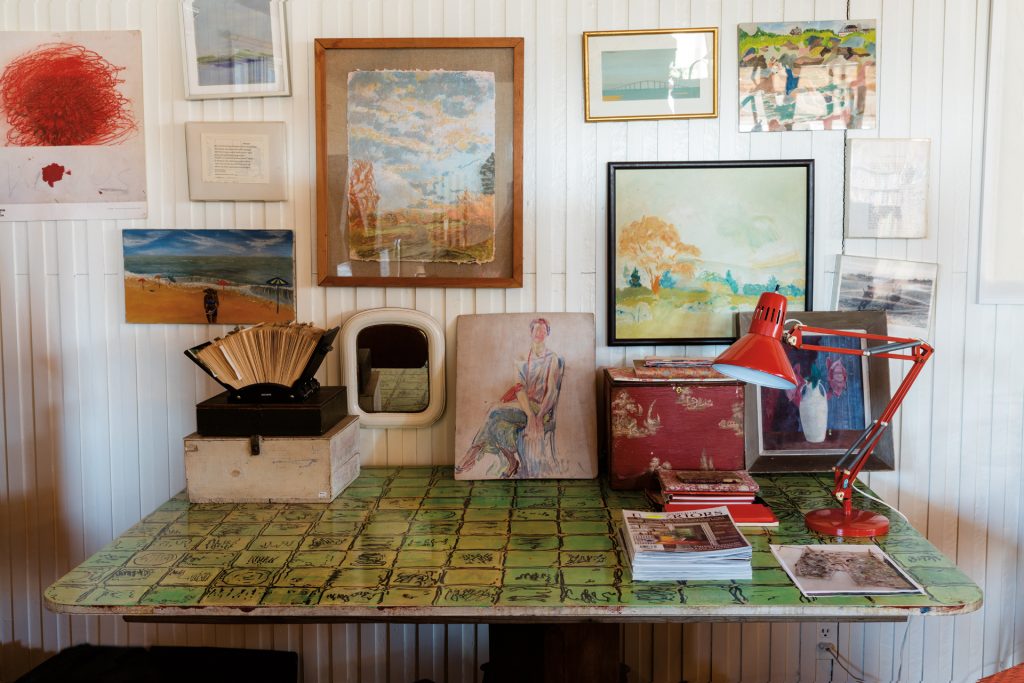With hurricane season underway, here is how to protect your fine art, jewelry and collectibles. At an Art Business Conference in New York earlier this year, lawyers and insurers spoke about the measures collectors can take before and after a disaster to safeguard their works and to ensure they will be reimbursed if they anything is damaged. Here are eight steps to take.
A sculpture by Carol Bove at a home designed by Victoria Hagan in southeast Florida. Photo: William Waldron
BEFORE:
- Create a disaster plan: secure objects, shut off utilities, and move valuable objects to higher ground. And make sure you have proof that you took the necessary steps.
- If an artwork is out on loan to an exhibition, or is going to be in transit, “make sure it’s clear who covers it at what point,” says Ellen Ross, head of the Fine Arts Practice at Arthur J. Gallagher & Co. If there’s a gray area, contact all parties who may be liable—from the trucking company to the local company it might have been subcontracted to.
- Read your documents carefully and check that your insurance policy and signed contracts agree. If renting a property, make sure you meet all requirements of your lease.
- Identify and inventory all high-value items—without forgetting furniture and design objects.
- Store records, books, invoices, authentication documents, etc., that are related to the collection in a separate place.
Identify and inventory all high-value items. Photo: Antoine Bootz
AFTER:
- Set up safe alternative storage immediately, says Ross. Shield everything that can’t be stored, as insurance often does not cover damage that occurs after a storm.
- Make sure you inventory and secure all pieces directly after the disaster. In the days following an incident, warns Wendy Lindstrom, commercial litigator at Messner Reeves LLP, a surprising number of pieces go missing, which can complicate claims.
- Photograph everything to show the extent and detail of any damage.
- If a contemporary artwork has been damaged, attempt to get the original artist to do the repair. The damage then won’t affect the appraised value as much, if at all.
An East Hampton residence by architect Blaze Makoid.
Cover: "Flowers," a suite of ten Andy Warhol screen prints from 1970, hang in a hallway.
Photo: Antoine Bootz




